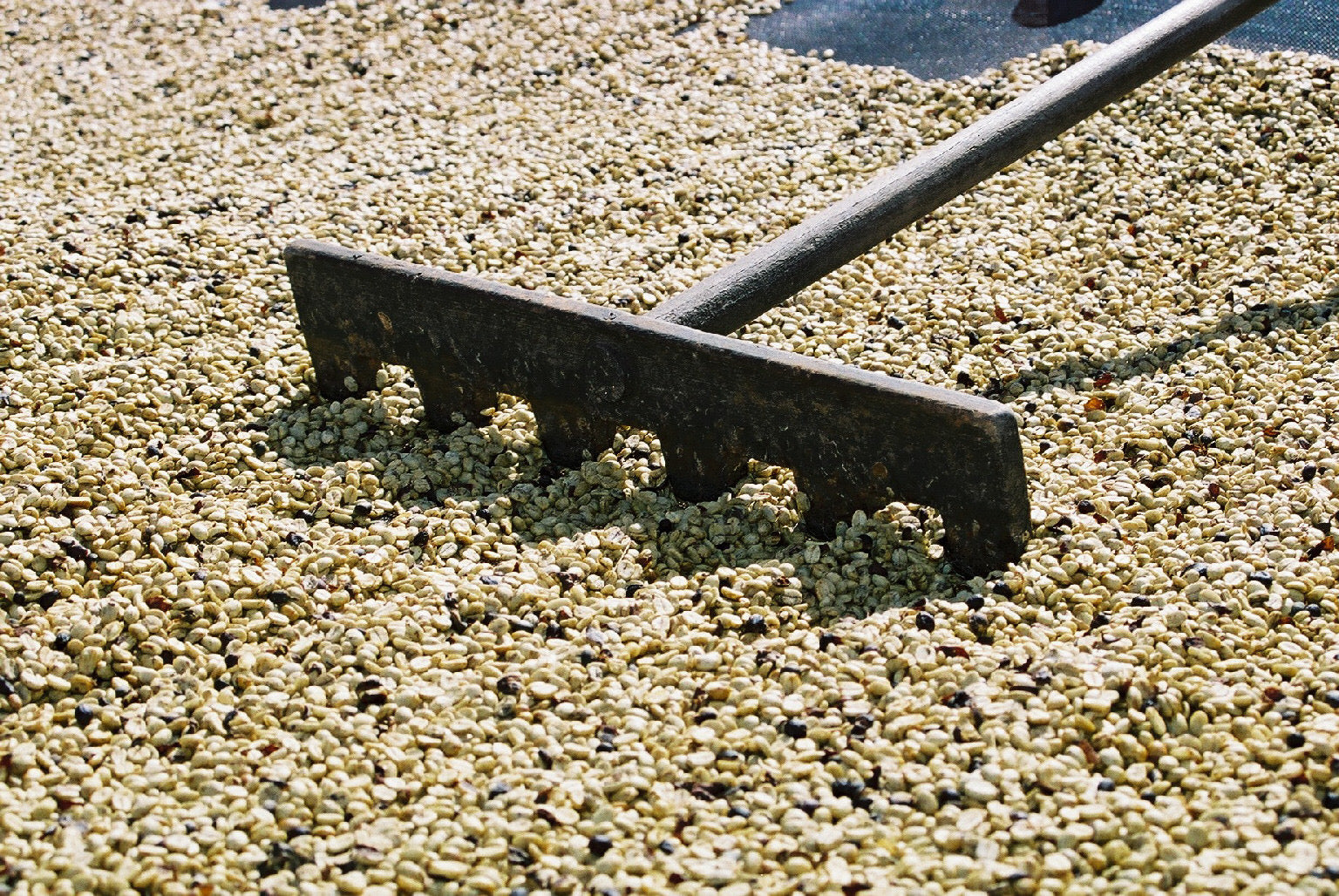Written by Martin Bazylewich
The world of coffee, like any other agricultural crop, has a colourful history often replete with intrigue and invention. Coffee is believed to have been ‘discovered’ in Ethiopia before being taken to Yemen where the first main attempts at large scale cultivation were introduced. The growers in Yemen closely guarded their precious crops until some daring souls ‘liberated’ some seedlings in the 17th century and whisked them away to be developed in other parts of the world. Once the plant took root in other places (India and the Island of Bourbon at first) the world of coffee truly became an international concern as the lucrative coffee plant would come to take on different characteristics dependant on which part of the world it was grown.
There are in fact 4 main types of coffee found throughout the globe today - Arabica, Robusta, Liberica and Excelsa. The world of specialty coffee is primarily concerned with Arabica coffee, which is often associated with more interesting flavour notes (and, coincidentally, less caffeine content). Most people who make the effort to purchase specialty coffee from their roasters and specialty stores know that they are usually looking for Arabica coffee, but often that is the extent of their knowledge about the plant. Arabica is in fact comprised of several distinct varietals. Some, like Bourbon and Typica trace their history back to the smuggled seedlings mentioned above; while others like Catimor and Sarchimor are hybrid varietals produced to help make Arabica coffee resistant to certain diseases and therefore viable in some countries where Bourbon and Typica might not survive. Below is a brief overview of the characteristics of the main Arabica varietals roasters and specialty coffee purveyors are most likely to have on hand for their clients in search of specialty coffee.
Ethiopian Landrace
These are traditional varietals that were found wild in the forests of Ethiopia and subsequently locally adapted through human-led domestication. In essence they are original varietals that have slowly been domesticated over years by the farmers who look after the trees. While such coffees tend to produce very high cup qualities, they often provide less yield than other varietals.
Bourbon and Typica
These varietals are those that trace their roots to the original plants taken from Yemen. Bourbon are named so as they went from Yemen to the Isle of Bourbon at first. Typica were taken at first to India and then after that to Java in Indonesia. Typica varietals spread throughout the world mostly via European countries sending trees to their colonies in Latin America. Bourbon varietals were taken primarily to Brazil at first. Once these varietals proved adaptable to different geographies, the coffee trees moved even further afield, especially to other parts of Africa where you will find both Typica and Bourbon varietals. Today you can find Typica and Bourbon varietals in most countries in the coffee belt. These coffees are known for good cup quality, but are also susceptible to disease.
Catimor and Sarchimor
These varietals were developed in an effort to make coffee trees more resistant to many of the diseases that can wipe out coffee farms. Scientists created hybrids from traditional Arabica plants by crossing them with genetic traits from Robusta plants, which are known to be less susceptible to coffee leaf rust disease. Today you will find many Arabica coffees of the Catimor and Sarchimor variety. These coffees are generally of good but perhaps not great cup quality; however, they are critical to the future of coffee as they allow for coffee to continue to thrive and provide resistance to the diseases that can wipe out coffee regions –an especially important consideration considering the manner in which climate change is threatening many coffee growing countries going forward.
So, there you have it! A little extra information on the varieties of Arabica coffee. We hope this additional context helps you understand the world of coffee a little bit more, and helps you decipher some of the ‘strange sounding’ names that wind up on your specialty coffee bag from your favourite roasters.


